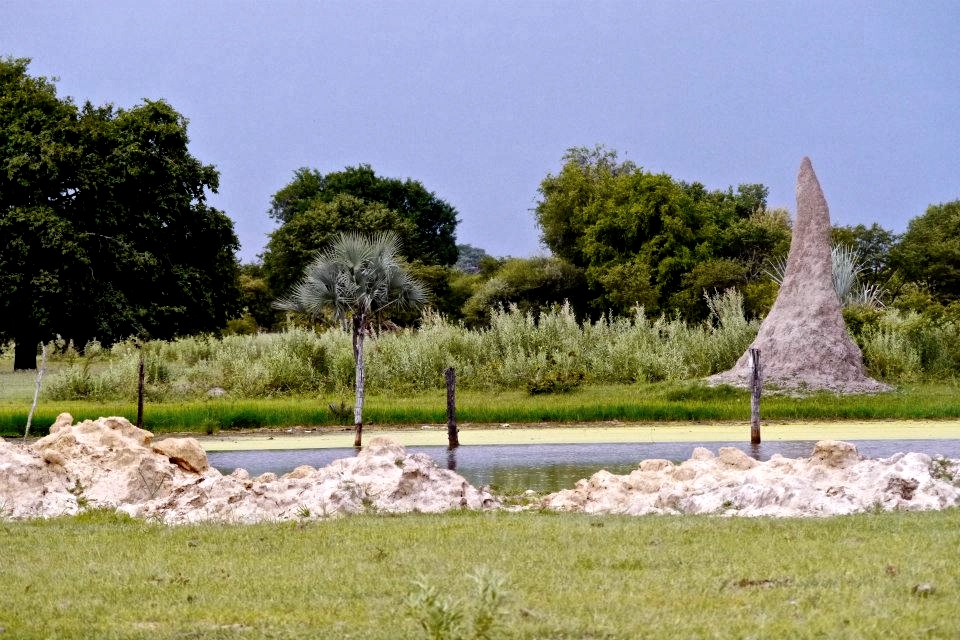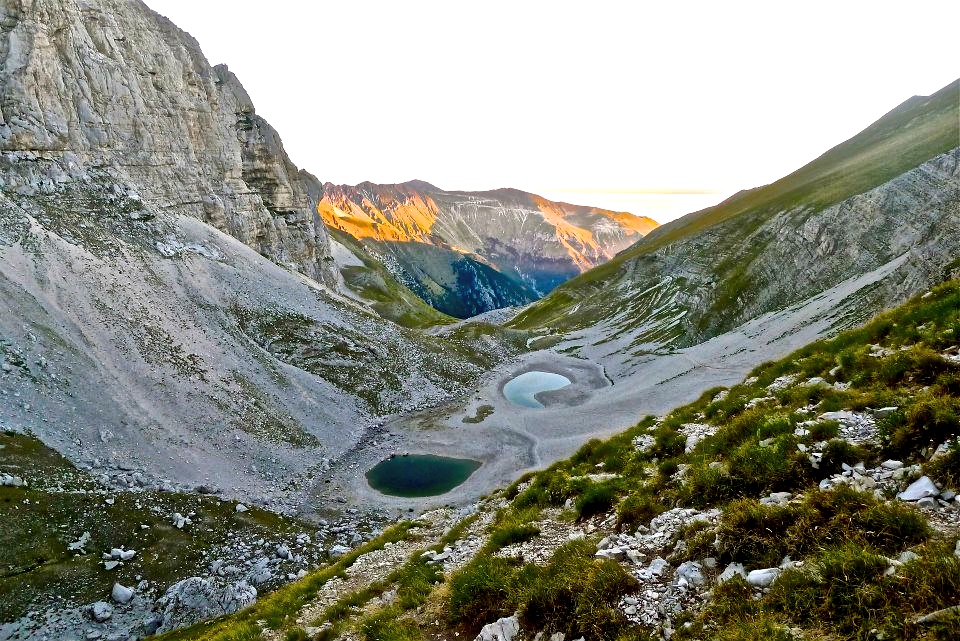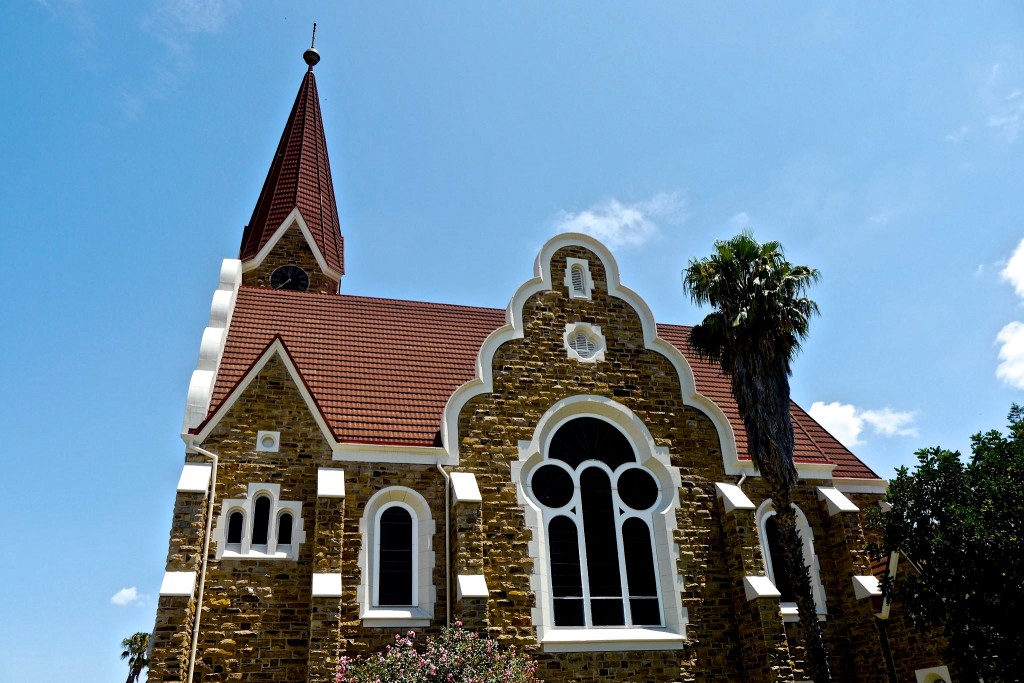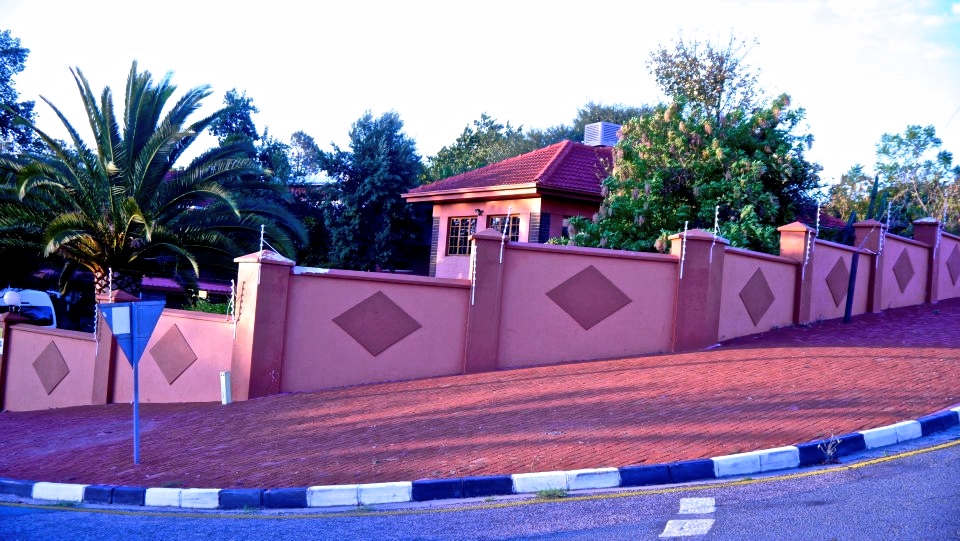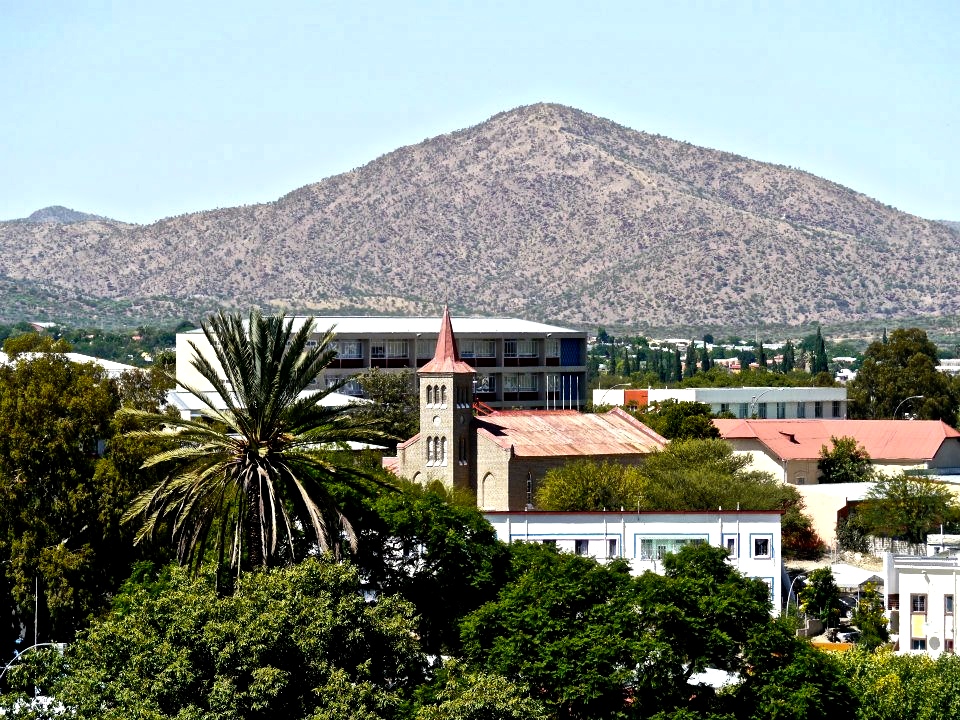
Discovering Windhoek: The Capital of Namibia
Windhoek is Namibia’s international gateway, its largest city and its political and financial hub. It is the sort of place where manicured lawns and well-kept streets belie the stereotypes of Africa that the media has so successfully promoted. It is the type of place in which the rigors of life in the ‘bush’ can be washed off with a pint of ice-cold beer. In Windhoek, Neobaroque cathedral spires lie specked about the urban landscape, interspersed between glass high-rises and shopping malls .
Yet, like a desert oasis, Windhoek seemingly emerges from miles upon miles of nothingness.
One glance at the Windhoek airport was all the proof I needed that Namibia is a desolate place. Though it serves Namibia’s capital, the Windhoek airport is literally in the middle of nowhere—surrounded by dry desolate terrain that seemingly stretches forever into the distance.
Windhoek: A Study in Contrasts
Many travelers to Namibia might be quick to disregard Windhoek in light of all the stunning tourist attractions nearby, but the city certainly has its own charm. Walking its pretty streets fills me with bizarre a sense of deja vu—not because it reminds me of a particular place I have been, but because the atmosphere seems like such a familiar amalgamation of cultural influences that are difficult to pinpoint.
Windhoek’s wealthy appearance masks a deep, painful history that runs through Namibia’s young veins. From its first contact with white settlers, the area that constitutes modern-day Namibia has endured painful genocide and forced segregation. Racial equality is still a relatively new concept in Namibia, since the country suffered until just recently under the laws of Apartheid South Africa.
Today, the legacy of Apartheid has left a country with deep socio-economic divisions While the average income in Namibia is upwards of $5,000 a year, the country remains one of the most unequal in the world. Today, whites make up just over six percent of the country’s population, but wealth is still very much divided upon racial lines. In the overwhelmingly indigenous North, where I will be teaching, most people live on less than two dollars a day.
Even today, Windhoek is a multicultural city filled with Afrikaaners, Germans and numerous ethnic groups from all around the country— including Herero, Damara, Himba, Ovambo and Nama.
-
Downtown Windhoek
The manicured, pretty streets of Windhoek are certainly not what I was picturing before arriving in-country. Houses contain beautifully manicured lawns and streets streets are virtually spotless.
Downtown Windhoek centers around Independence Street and is the city’s economic hub. A beautiful Lutheran Church perches over the city center, acting as a reminder of Germany’s cultural influences in South West Africa. Near the church downtown, the streets are filled with business people, bankers and art vendors.
Adjacent to the church, a grassy park offers shade and respite from the burning African sun.
-
The Elegant Houses of West Windhoek
During the month I spent living at the Backpacker Unite Hostel in Windhoek, my friends and I would often walk around the city and explore the elegant streets of West Windhoek. Time and time again, we would be struck by the affluence of the neighborhood. Colorful stucco houses line the spotless streets and are flanked by beautiful gardens teeming with bougainvilleas, cacti and palm trees. Many of the streets in the area are named after German musical composers like Brahms, Beethoven and Schubert. As we walked around the hilly neighborhoods, certain streets gave way to stunning panoramas of the town below and sweeping views of the surrounding mountains and greenery.
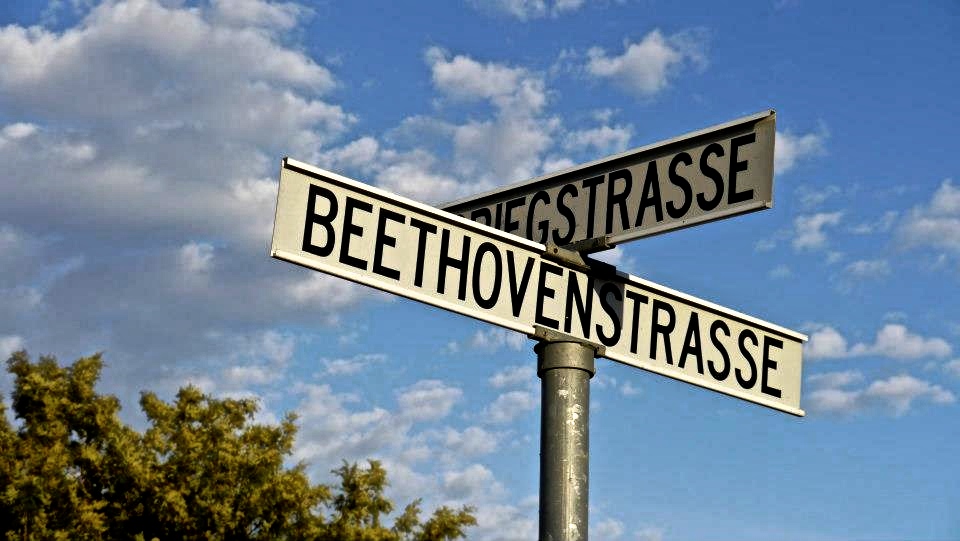
I kept having to remind myself that I was in Africa.
Visiting a city like Windhoek is at once hopeful and saddening. It is a melting pot of cultures from around the world that live in relative harmony and is the capital of a country that is working hard to grant its citizens economic opportunity.
Windhoek seems to be a beacon of development on a continent often associated with poverty, but it is also a city where the affluence of a few wealthy residents shields the suffering of the indigenous majority.
-
Exploring Windhoek’s Katatura Neighborhood
During our last week in Windhoek, my fellow volunteers and I were also able to gain a deeper perspective of the city’s divisions, during our visit to Katutura.
Katutura is a black township that was established in the 1950s under Apartheid South Africa. In Otjiherero, one of the local languages in Namibia, the word Katatura means “the place we do not want to live.” Like Soweto in Johannesburg or Imizamo Yetho in Cape Town, Katutura is a place where large populations of indigenous black Africans live in squalid conditions. The Katatura neighborhood was established when thousands of blacks were forcibly removed from their homes and compelled to settle in an area where they would live separately from the white community.
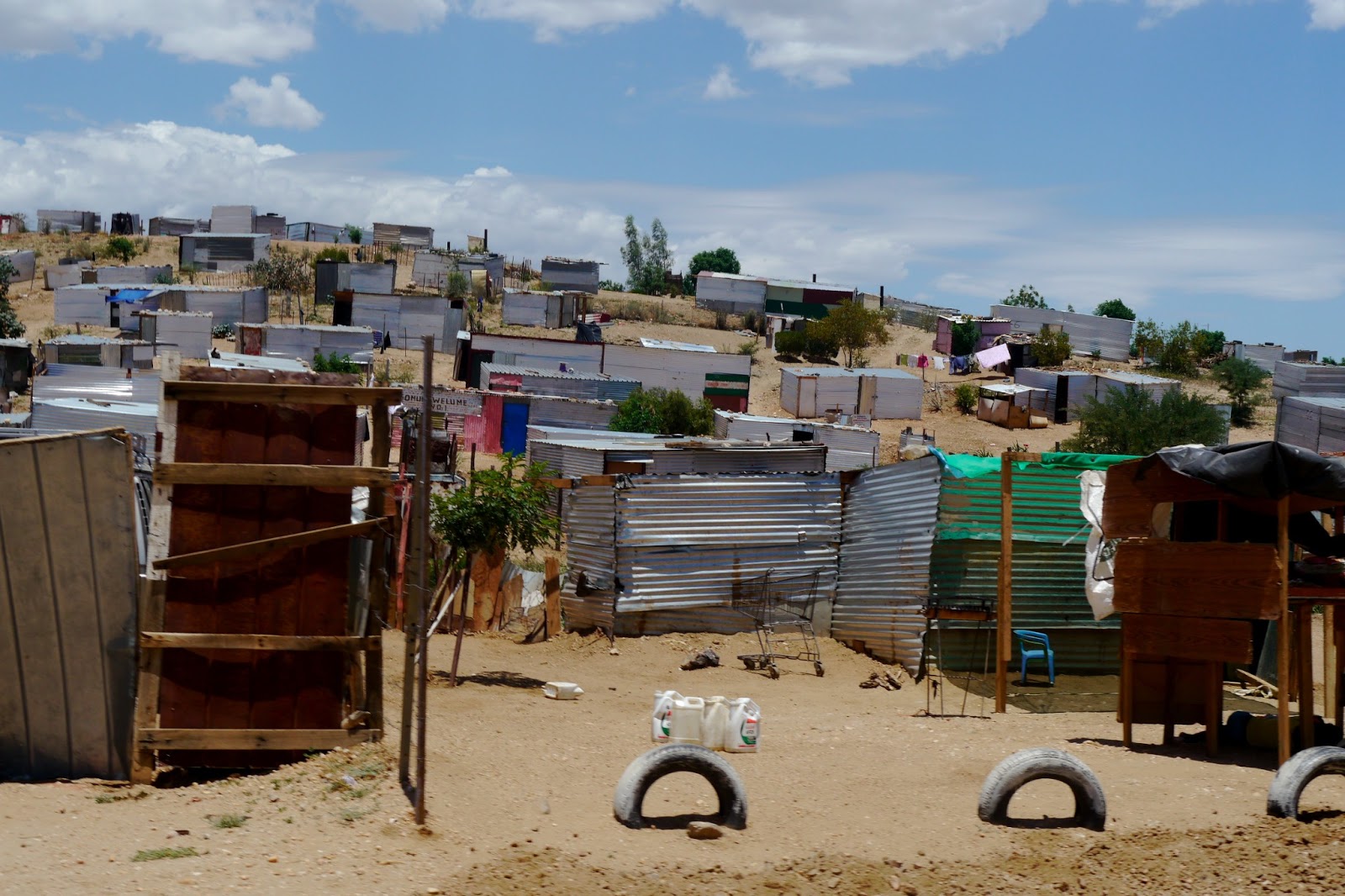
Today, urbanization has brought throngs of people from the countryside to Windhoek. As a result, Katutura evolved from a small township of 4,000, to an expansive community housing upwards of 150,000. The residents of the township live in small homes made of scraps of metal and eke out a living by selling fruit along the roadside or by opening up a little shop or shabeen.
The population of Katutura has spread out over many of the hills surrounding Windhoek. Due to the wide-open spaces, corrugated metal shacks lay apart from one another, each with their own plot of dusty land.
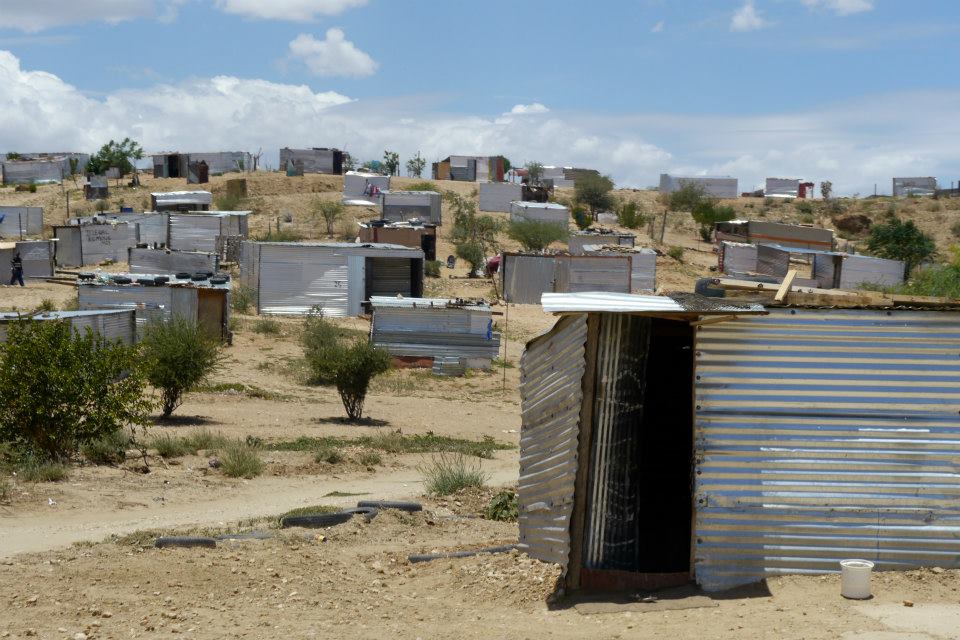
Our trip to Katutura began with a visit of the Single Quarter Market, which was full of fruit and kapana vendors, hair salons and shops selling traditional dress from around Namibia. While visiting the market, we seized the opportunity to try other Namibian staples, such as fat cakes (essentially fried dough) and an assortment of nuts. Some of my friends even courageously tasted dried Mupane worms.
Our day in Katatura ended with a side-trip to Panduka—a center that focuses on tuberculosis treatment and the education of orphans. Attached to the center is a wonderful gift shop with quality handicrafts from around Namibia. Proceeds from the gift shop go directly toward helping vulnerable women and children.
***
Windhoek is a city of contrasts; a microcosm of the greater socio-economic forces at play in this remote and desolate corner of southwestern Africa.
Windhoek may not have the types of tourist attractions that travelers expect to see when coming to Namibia, but it is a pleasant place with enough to keep travelers entertained for a few days.
And if Namibia is Africa for beginners, the capital city of Windhoek is a logical place to start.
